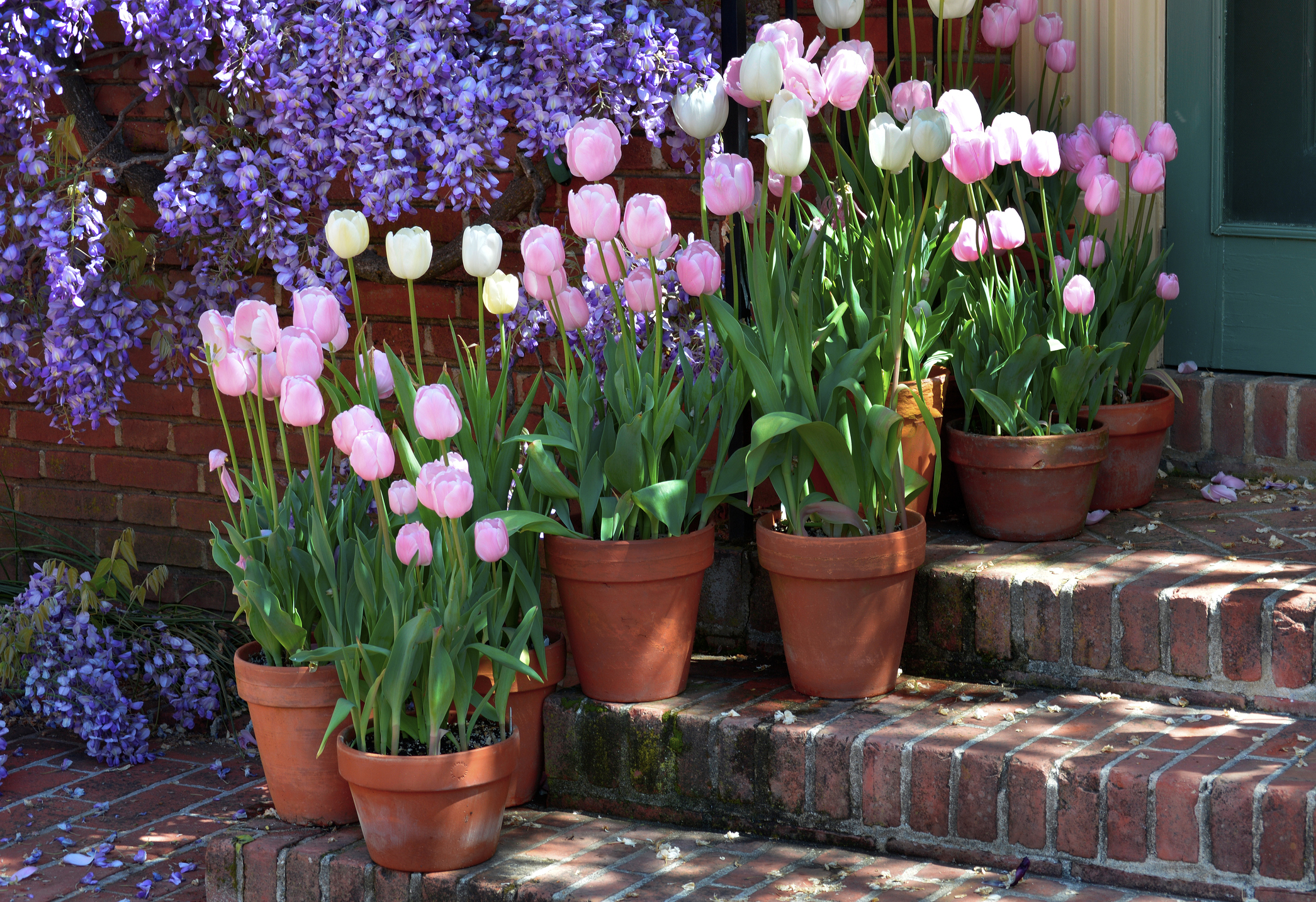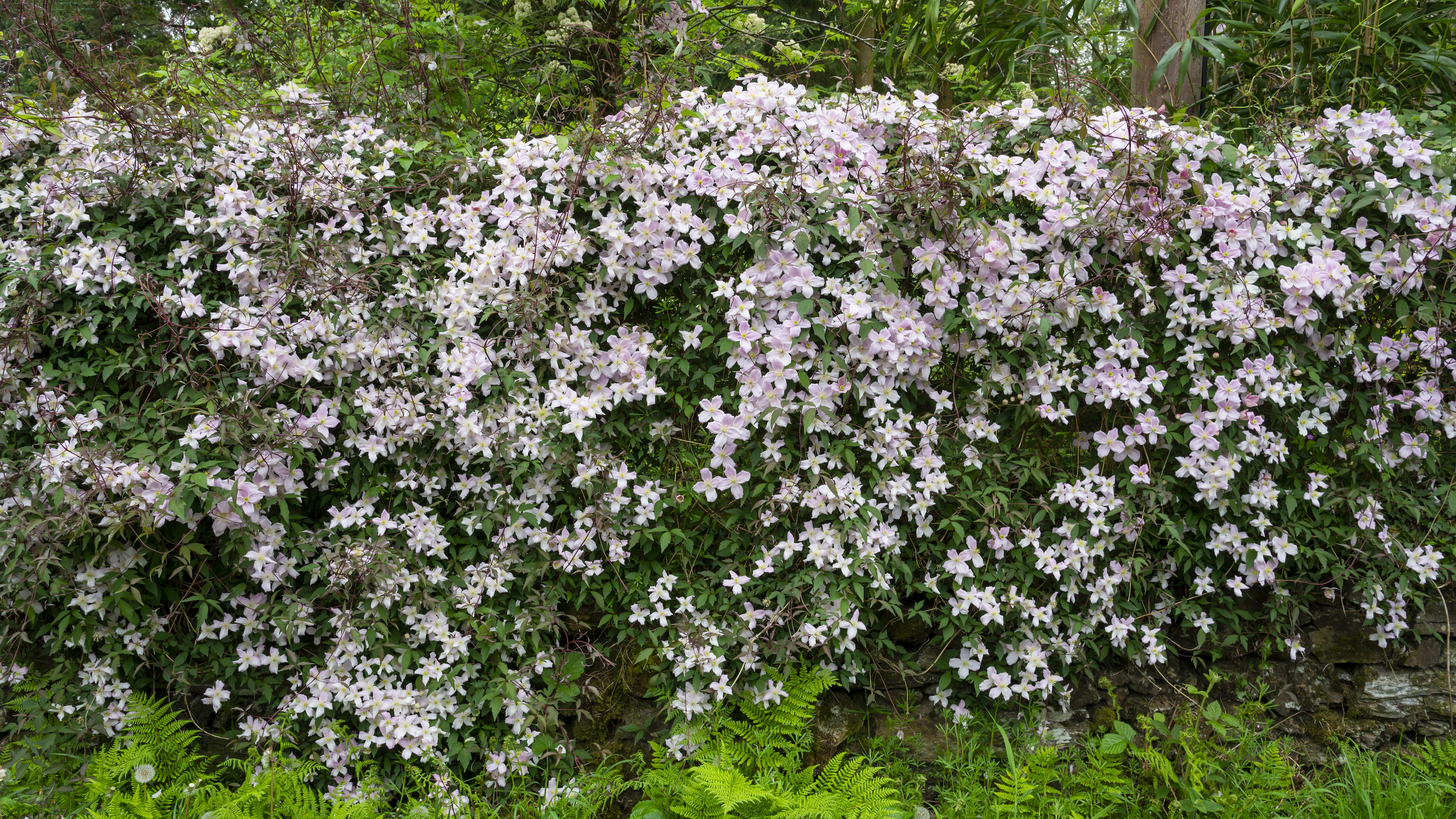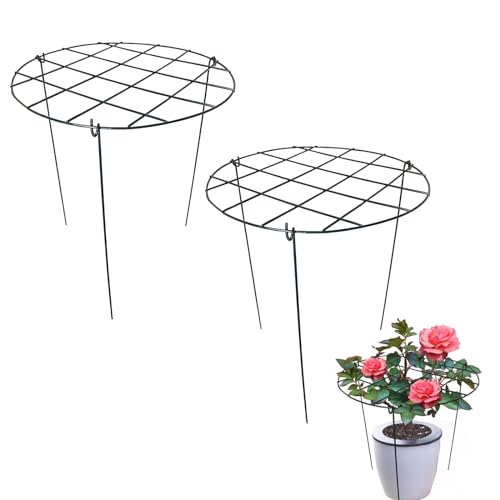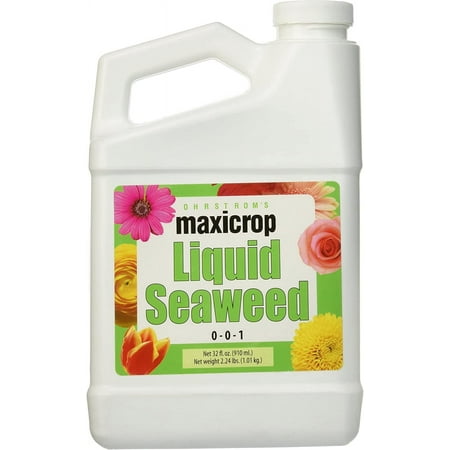5 Gardening Jobs That You Need to Do in May (That You Can Probably Get Done This Weekend)
Get your yard in order this May with our list of essential maintenance jobs that will leave your yard looking ready for summer

As the saying goes, a gardener’s work is never done. Although you’ve laid some seriously good foundations for your yard over the early spring months, it’s not time to put down the trowel just yet.
According to our green-thumbed experts, May is a huge month for gardening. Perennials are springing back into life, climbers are scaling new heights, and plants are fighting for nutrients – this is make-or-break territory and we want to help you tackle the tasks!
Don’t know where to start in your modern garden? Don’t panic. We’re here, armed with expert advice and ready to cheerlead you through a super-successful month of horticulture. Gloves at the ready gardeners, because this month’s yard tasks are non-negotiable!
1. Plant Tender Perennials

Tender plants like dahlias and fuchsias have firmly earned their place in the perennial hall of fame, adding essential summer color and crowd-pleasing show-stopping flowers. But pretty though they are, they’re also famous for their frost-sensitive nature, and knowing when to plant them out can be tricky if you're unsure of the last frost date.
According to plant expert Mike Murphy at You Had Me At Gardening, May is a great time to plant out tender plants and get them established ahead of summer. He says ‘May is a suitable time to plant delicate perennials like dahlias, cannas, and fuchsias. These plants flourish in warmer weather conditions and will continue to blossom throughout the summer season.’
To give your plants the best start, Mike advises ‘When planting, ensure they are placed in soil with good drainage and receive sufficient sunlight to support healthy growth.’ Plants like dahlias and fuchsias love a good amount of organic matter to keep their nutrients topped up too, even a few scoops of manure or organic compost when planting will help keep them happy and healthy over the summer season.
2. Support Growing Hydrangeas

Have you noticed your perennials suddenly shooting up in recent weeks? Longer days mean more sunlight, which means more growth. But don’t let the warmer weather lull you into thinking summer is here early. Spring can bring all sorts of sudden weather changes, and one crucial gardening task for May is supporting your growing perennials. The last thing you want is a gale-force wind flattening your hydrangeas!
The Livingetc newsletters are your inside source for what’s shaping interiors now - and what’s next. Discover trend forecasts, smart style ideas, and curated shopping inspiration that brings design to life. Subscribe today and stay ahead of the curve.
‘As hydrangeas grow larger towards late spring, it's important to provide them with robust support to prevent stem bending or breakage,' Expert Mike advises. 'Using stakes or cages around the plants can help maintain their upright position. Additionally, regular pruning of any dead or weak branches will encourage better airflow and overall plant vitality.’
Don’t wait too long to stake your hydrangeas either. The trick to supporting them properly is supporting them earlier than you think in your quest to revive hydrangea plants for the year ahead. You want the plants to grow into the support, rather than try and manipulate the plant into the structure and risk breakages.
3. Deadhead Tulips

Now spring is starting to merge into summer, it’s time to look after your fading bulbs to give them the best start for next year.
According to expert Mike, deadheading tulips is an essential May maintenance job. He advises ‘To maintain tulips for optimal blooming in the following year, it's crucial to remove fading flowers as they appear. This prevents the plant from expending energy on seed production and encourages bulb development for the next growing season.’
No need to get the secateurs out either, as deadheading tulips is easy to do with your hands. Simply pinch and bend the flower stalk just below the seed capsule and it should snap off quite easily.
Don’t be tempted to remove any of the spent foliage either. Mike warns ‘Avoid cutting back the foliage until it naturally turns yellow, as this allows the plant to continue photosynthesizing and storing energy in the bulb.’
4. Maintain Your Tomato Plants

Tomatoes really are the divas of the fruit world. Whether it’s fertilizing, watering, or staking, maintaining them can be a hard task when it comes to how to grow tomatoes in containers or vegetable beds. But it’ll all be worth it come summer when you can enjoy the fruits of your labor!
‘In May, tomato plants require regular upkeep to ensure vigorous growth and abundant fruiting. This involves consistent watering, particularly during dry spells, and application of fertilizer to provide essential nutrients. Additionally, pruning tomato plants by removing suckers helps to enhance air circulation and reduce the risk of disease,’ says expert Mike.
If you’re looking for the best fertilizer for the job, we’d recommend a weekly feed of liquid seaweed, like this one from Walmart. Simply dilute the liquid seaweed according to its instructions and water the base of the plant thoroughly. Avoid watering the plant’s leaves though, as tomato plants are incredibly prone to blight which can spread through moisture.
5. Prune Clematis

It’s easy to assume pruning is a winter task, but according to Mike, some climbers that are among the best plants to cover a fence are best pruned in May – especially clematis.
‘During May, certain varieties of clematis benefit from pruning to stimulate new growth and maintain their shape. Group 2 clematis, which bloom on both old and new wood, should be pruned lightly after flowering to eliminate dead or damaged stems and promote fresh growth,’ explains Mike.
But before you grab the shears, Mike has some professional words of wisdom. He says ‘Avoid excessive pruning to allow the plant sufficient time to recover and produce new blooms.’ Look into what type of group 2 clematis you have as well, some vigorous types like Montana will benefit from a good chop!
Matilda Bourne is a freelance homes, gardens and food writer, stylist and photographer. Known for creating and capturing content for multiple international brands, her work has been featured in The Telegraph, The Daily Mail, and Hello! magazine. When she’s not writing, you can usually find her tending to her much-loved garden and scouring thrift stores for vintage furniture.

